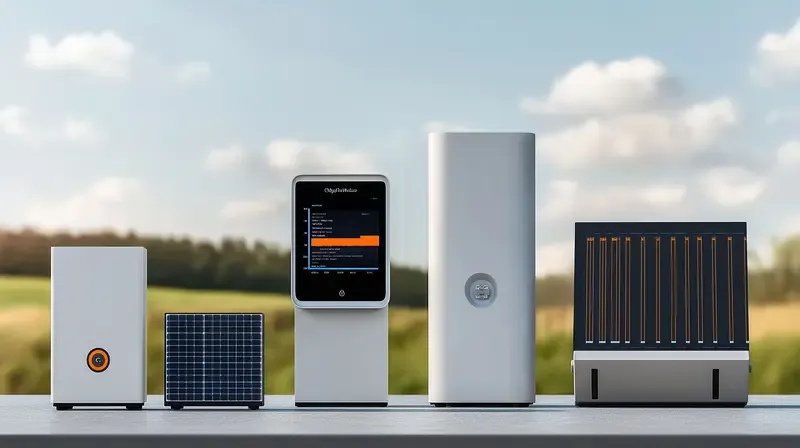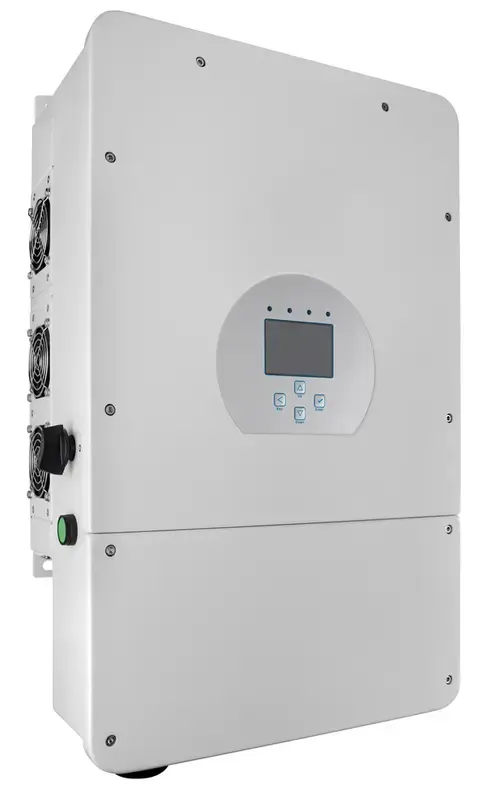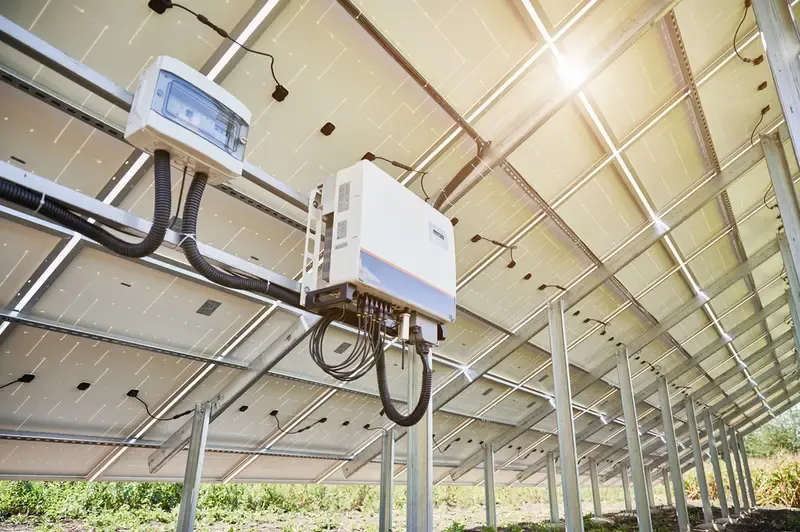If you've ever done any research on solar power—even just for a minute or two—you've likely come across solar inverters. But just what is a solar inverter, and why are they so important to any solar power installation? Whether you're installing roof-mounted panels in Austin or constructing an off-grid container system in the rural Kenyan countryside, understanding how an inverter works is crucial to efficiency and safety.
Sunlight to Power: The Inverter’s Basic Function
Let's start with the basics: solar panels generate direct current (DC) electricity. Most of the devices that run in your home, however, operate on alternating current (AC). That is where the inverter plays its role. Its purpose is to convert DC into AC, making the electricity useable in your home, business, or grid-tied microgrid.
It's not as easy as a switch—it involves:
- Maximum Power Point Tracking (MPPT)to ensure maximum amount of energy harvested
- DC-AC conversionand generation of a sine wave
- Grid synchronization, used in grid-connected systems
- Anti-islanding and voltage control protection functions
The Solar Inverters You’ll Discover
Based on your installation, you will come across different solar inverters:
- String inverters– Standard for residential and commercial rooftop installations
- Microinverters– Panel-level installations, ideal for partial shading conditions
- Hybrid inverters– For hybrid systems with solar and batteries and grid
- Central inverters– Employed in large utility-scale solar farms
Is a particular style of inverter more efficient than the rest in all circumstances? Not quite. It depends upon the size, design, shading, and whether or not storage is incorporated.
Real-World Example: A Hybrid Inverter in Tanzania
In 2023, a 10 kW hybrid inverter powered a Tanzania mobile health clinic with a containerized solar system. The inverter not only converted DC from the sun to usable AC—it also controlled smart load shifting between the batteries, the backup generator, and the grid. The result? Smooth running of medical refrigeration, lighting, and satellite comms during extended power outages.
This shows that inverters are doing far more than just "convert power"—they control where and when energy flows.

Core Technologies Behind the Inverters of Today
The inverter sector has progressed rapidly. Inverters today boast:
- Lightweight constructions with high-frequency transformers
- Cloud-based monitoring with apps and dashboards
- Remote firmware updates to improve performance over time
- Artificial intelligence features in some commercial-sized products for predictive faultmanagement
In fact, most models are pre-configured with MPPT, making them plug-and-play even in more advanced applications.
Are Inverter Losses an Issue?
Every conversion procedure involves some efficiency loss. The majority of high-quality solar inverters operate between 94%–98% efficiency. That small margin, however, can add up in large or off-grid setups. Is this the reason "the inverter is the weak link"? It can—especially if undersized or poorly installed.
And because of this, choosing a tested inverter model from a well-known company is essential. Companies like SMA, Fronius, and Growatt are utilized globally, whereas new players like LZYESS now provide advanced hybrid models that are fitted for containerized and off-grid use. For instance, smart switching between PV, grid, and battery sources on Three-phase Hybrid Grid Energy Storage Inverter makes it the most suitable for solar containers in unstable weather.

How Does a Solar Inverter Work with Batteries
If you’re using solar with batteries, your inverter might need bi-directional capabilities. This means it not only converts solar DC to usable AC but also converts grid AC to DC to charge batteries when needed.
In the case of backup systems or off-grid homes in areas like El Paso County, Texas, hybrid inverters are what keep homes running during outages—seamlessly flipping between solar, grid, and storage without user intervention.
Looking to the Future: Smart Inverters and Grid Services
Codes in countries like Germany and South Korea now require inverters to provide grid-support services like frequency response and voltage control. These "smart inverters" are essential for balancing renewables on ever-more volatile power grids.
They are also the secret of virtual power plants (VPPs), where hundreds of thousands of tiny solar-battery units can function together like a giant power plant.
So now that you know how a solar inverter works, the question is: Which one for your system, and will it support your future expansion? If your installation is battery-supported or off-grid, you need a hybrid type. And if you're powering mission-critical loads like clinics, comms, etc., use an inverter with smart management features—not just high wattage.

